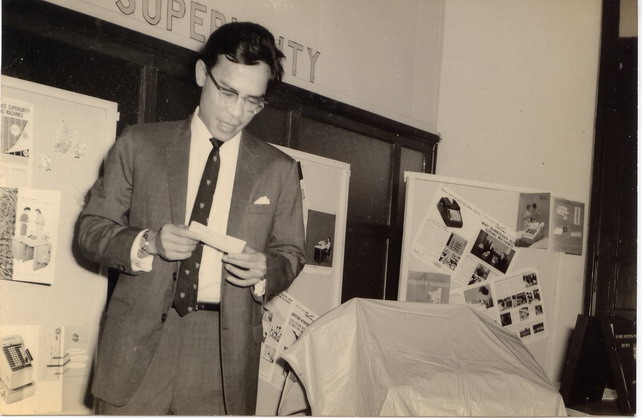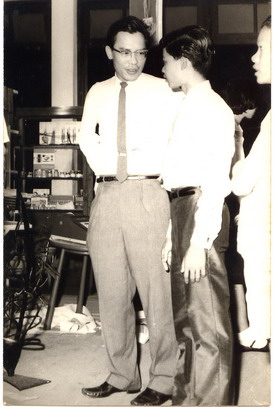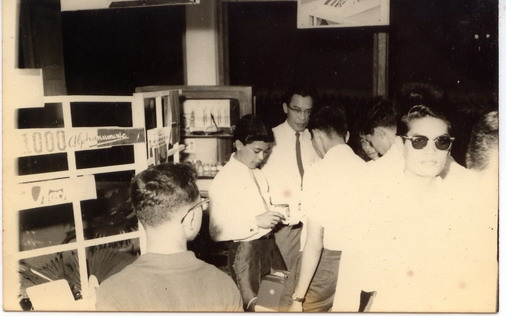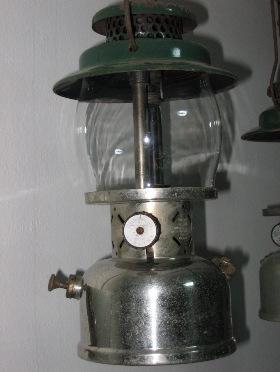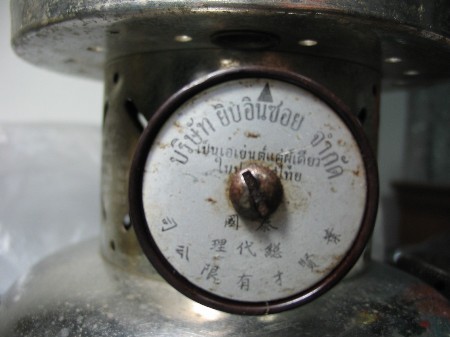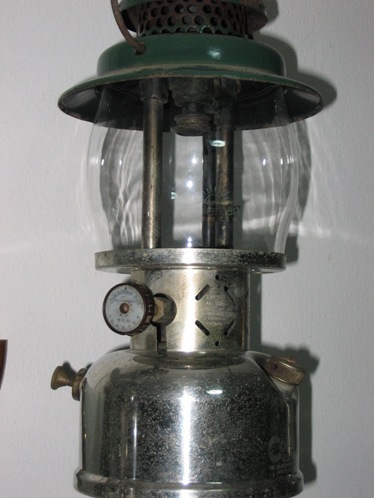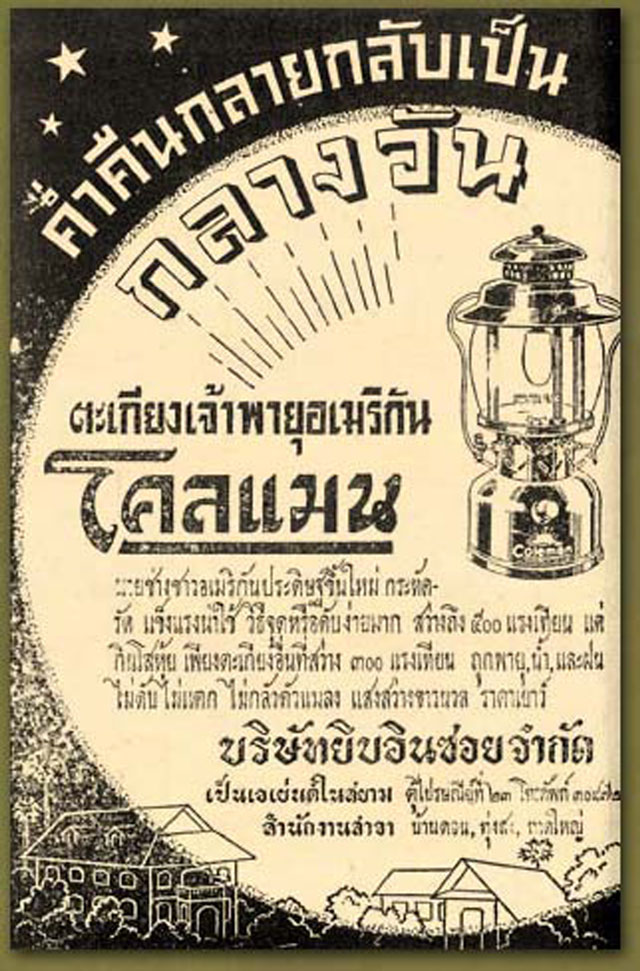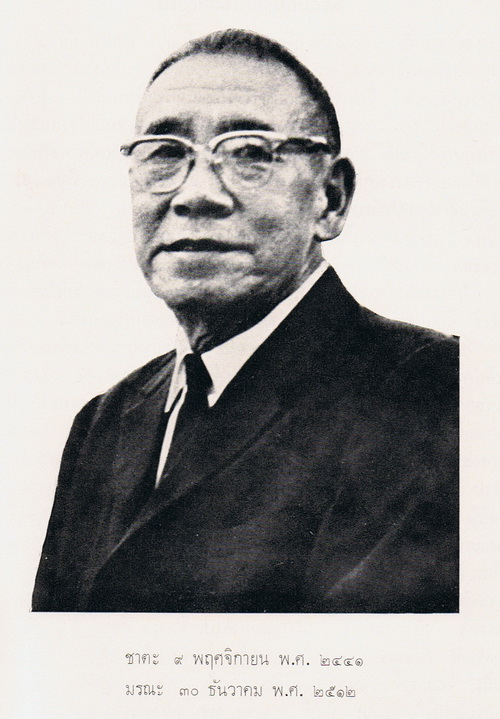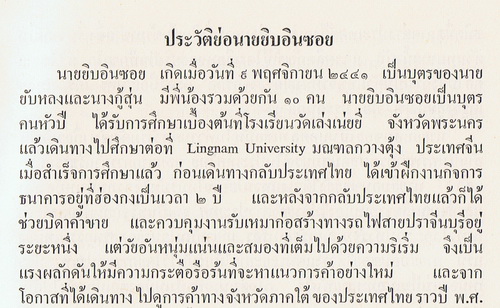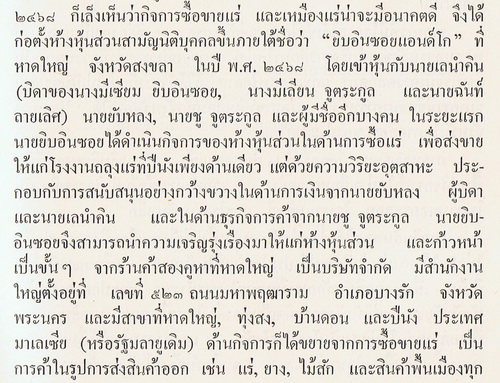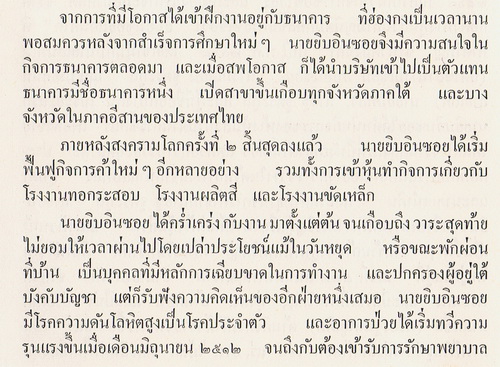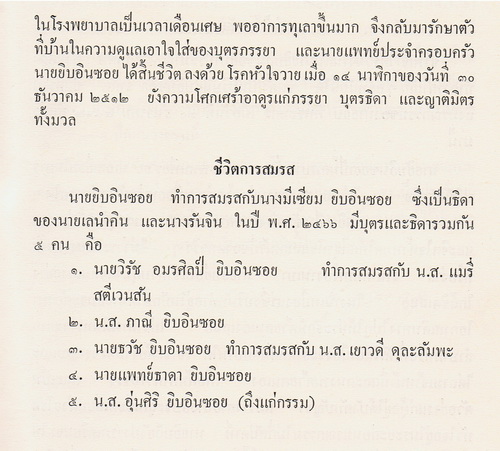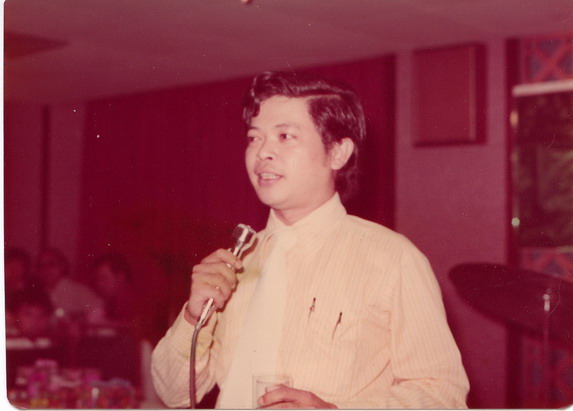 |
Cont.
Burroughs produced the B2000 or "medium systems" computers aimed
primarily at the business world. The machines were architected to execute
COBOL efficiently. This included a BCD Binary Coded Decimal based
arithmetic unit, storing and addressing the main memory using Base 10
numbering instead of binary.
Burroughs produced the B1700 or "small systems" computers that were
designed to be microprogrammed, with each process potentially getting its
own virtual machine designed to be the best match to the programming
language chosen for the application being run.
The smallest general-purpose computers were the B700 "microprocessors"
which were used both as stand-alone systems and as special-purpose data-
communications or disk-subsystem controllers.
Burroughs also manufactured an extensive range of accounting machines
including both stand-alone systems such as the Sensimatic, L500 and B80,
and dedicated terminals including the TC500 and specialised cheque
processing equipment.
In the early 1980s Burroughs began producing personal computers, the B20
and B25 lines. These ran the BTOS operating system, which Burroughs
licensed from Convergent Technologies.
Burroughs financed early work on Wafer-scale integration, but abandoned
this at about the time of the merger with Sperry [1]. Ivor Catt attempted to
continue this in conjunction with Sir Clive Sinclair, its ultimate demise was
caused by reduction in conventional chip prices.
Burroughs also made military computers, such as the D825, in its Great
Valley Laboratory in Paoli, Pennsylvania. The D825 was, according to some
scholars, the first true multiprocessor computer.[1]
Burroughs Corporation was always a distant second to IBM commercially if
not technologically. At the same time, Burroughs was very much a competitor
and just like IBM, Burroughs tried to supply a complete answer for its
customers. This included providing Burroughs-designed printers, disk drives,
tape drives, etc., and even computer paper.
Burroughs was one of the eight major United States computer companies
(with IBM, the largest, Honeywell, NCR Corporation, Control Data
Corporation, General Electric, RCA and UNIVAC) through most of the 1960s.
IBM's share of the market at the time was so much larger than all of the
others, that this group was often sarcastically referred to as "IBM and the
Seven Dwarfs."
Later, this group became known as the BUNCH - (Burroughs, UNIVAC, NCR
Corporation, Control Data Corporation, and Honeywell)
In September 1986, Burroughs Corporation merged with Sperry Corporation
to form Unisys
| จากคุณ |
:
ลุงแอ็ด  
|
| เขียนเมื่อ |
:
วันเนา 54 20:20:27
|
|
|
|
 |






 รีบมาบอกว่า มาติดตาม
รีบมาบอกว่า มาติดตาม
 สวัสดีค่ะลุงแอ้ด....ไม่ได้ทำงานอยู่ในแวดวงนี้
สวัสดีค่ะลุงแอ้ด....ไม่ได้ทำงานอยู่ในแวดวงนี้



